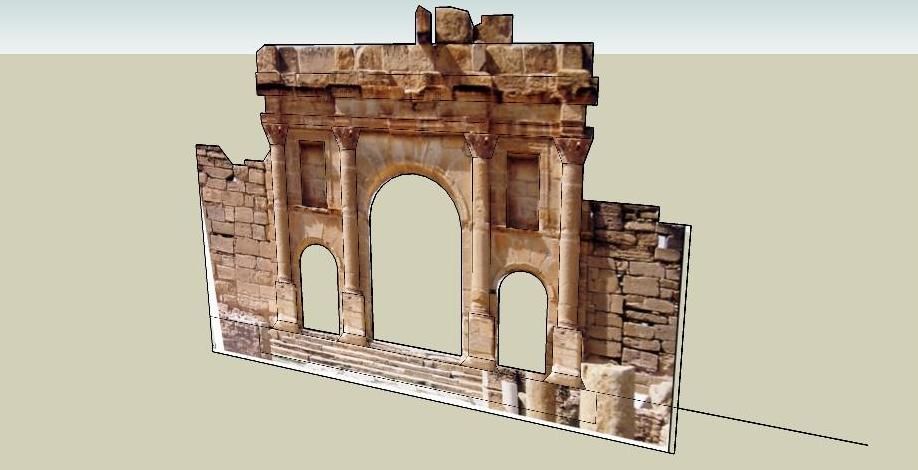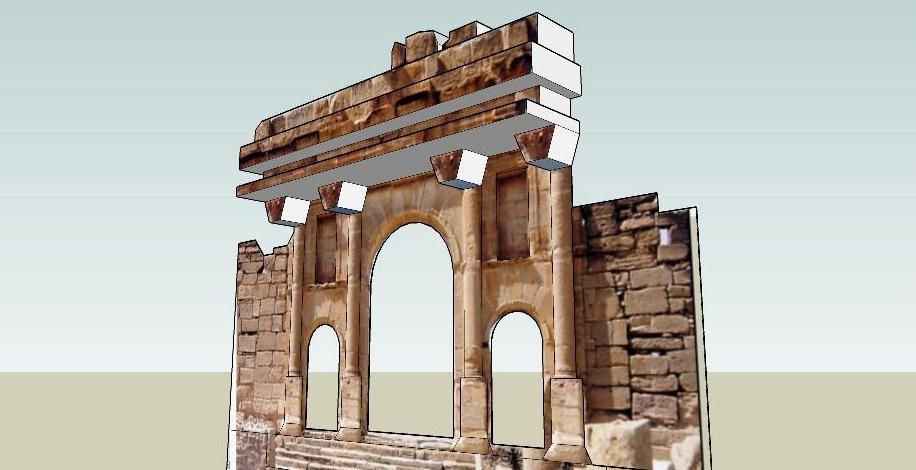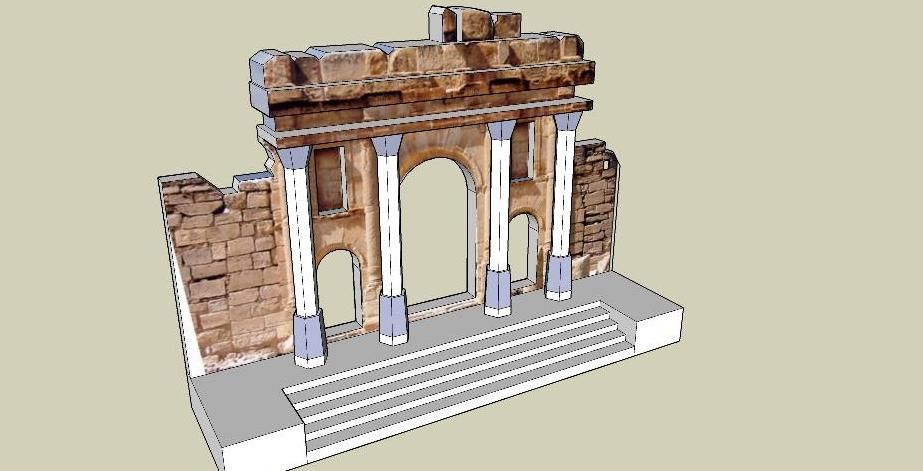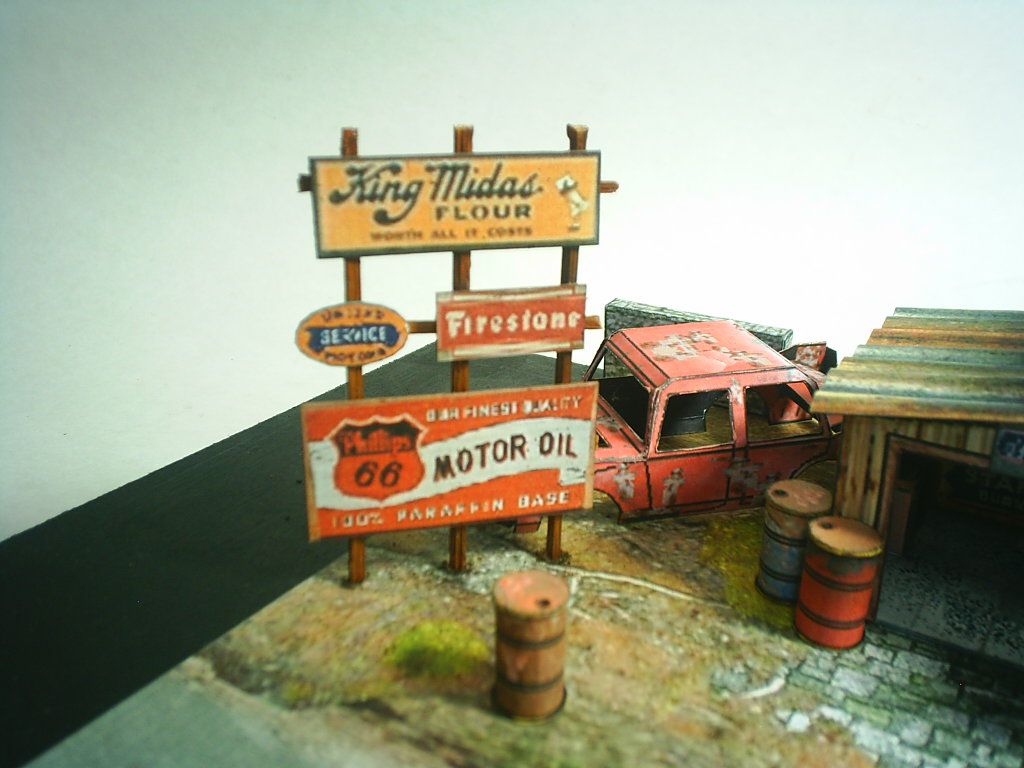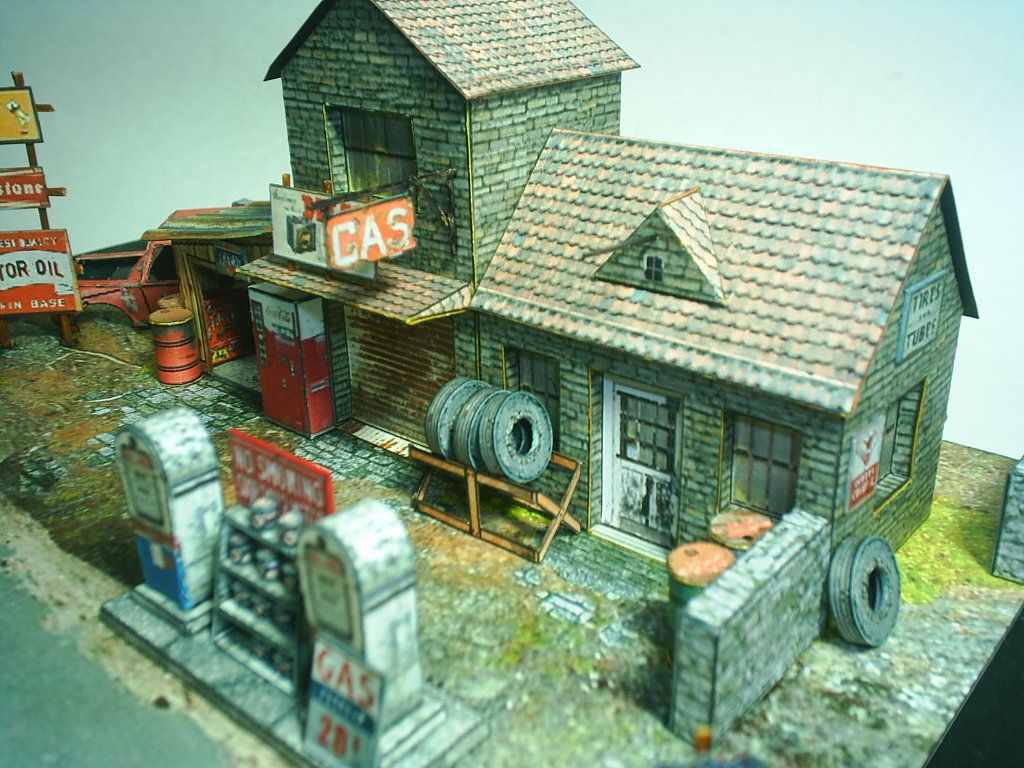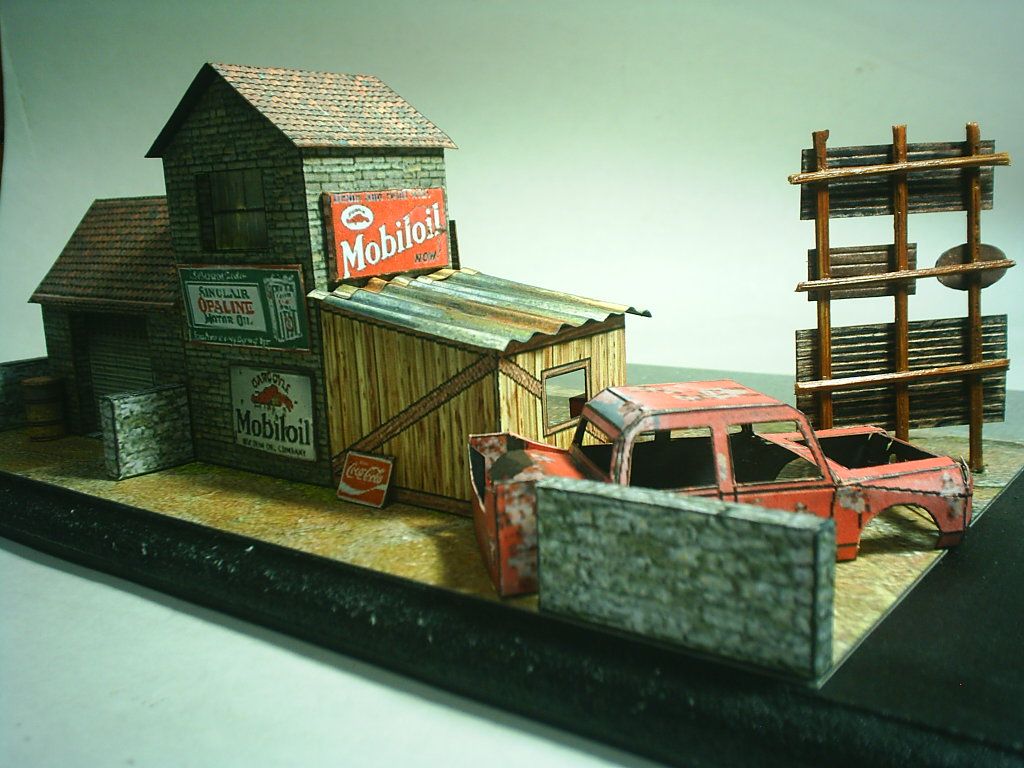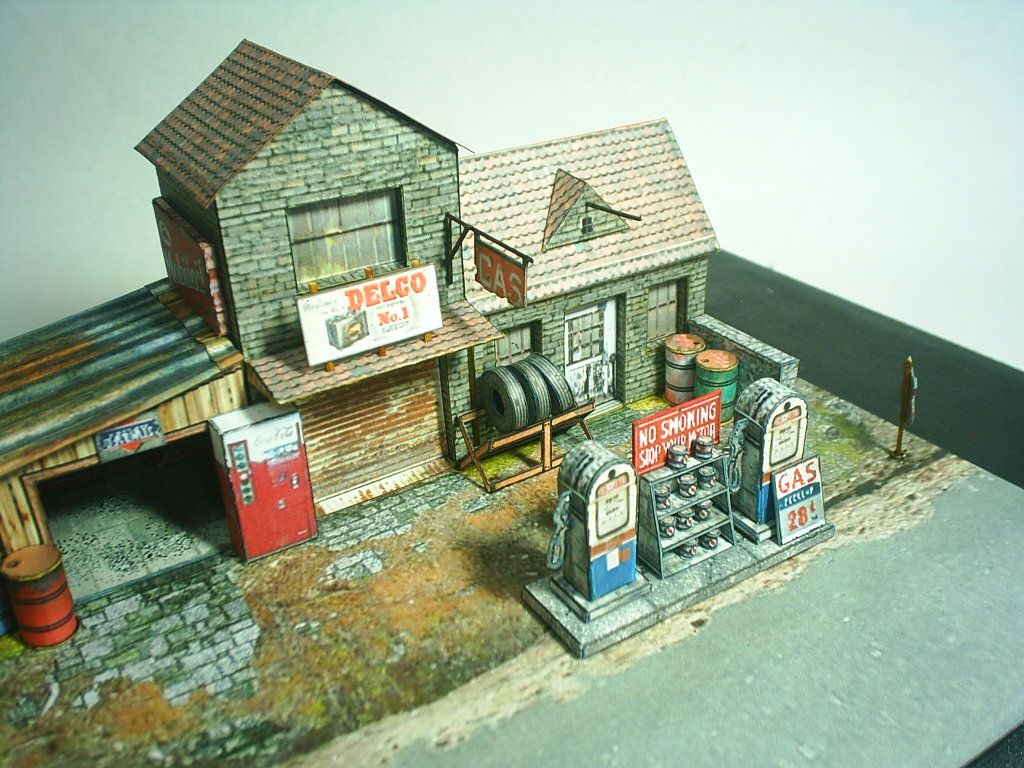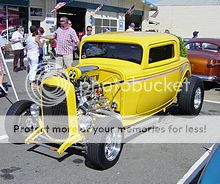 Hot rods are typically American cars with large engines modified for linear speed. The origin of the term "hot rod" is unclear. One explanation is that the term is a contraction of "hot roadster," meaning a roadster that was modified for speed. Another possible origin includes modifications to or replacement of the camshaft(s), sometimes known as a "stick" or "rod". A camshaft designed to produce more power is sometimes call a "hot stick" or, here, a "hot rod". Roadsters were the cars of choice because they were light. The term became commonplace in the 1930s or 1940s as the name of a car that had been "hopped up" by modifying the engine in various ways to achieve higher performance.
Hot rods are typically American cars with large engines modified for linear speed. The origin of the term "hot rod" is unclear. One explanation is that the term is a contraction of "hot roadster," meaning a roadster that was modified for speed. Another possible origin includes modifications to or replacement of the camshaft(s), sometimes known as a "stick" or "rod". A camshaft designed to produce more power is sometimes call a "hot stick" or, here, a "hot rod". Roadsters were the cars of choice because they were light. The term became commonplace in the 1930s or 1940s as the name of a car that had been "hopped up" by modifying the engine in various ways to achieve higher performance.The term can alsO apply to other items that are "souped up" for a particular purpose, such as "hot-rodded amplifier".
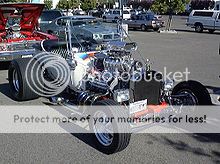 The term seems first to have appeared in the late 1930s in southern California, where people would race their modified cars on the vast, empty dry lake beds northeast of Los Angeles under the rules of the Southern California Timing Association (SCTA). The activity increased in popularity after World War II, particularly in California because many returning soldiers had been given technical training in the service. The original hot rods were old cars (most often Fords, typically Model Ts, 1928–31 Model As, or 1932-34 Model Bs), modified to reduce weight. Typical modifications were removal of convertible tops, hoods, bumpers, windshields, and/or fenders; channeling the body; and modifying the engine by tuning and/or replacing with a more powerful type. Wheels and tires were changed for improved traction and handling. "Hot Rod" was sometimes a term used in the 1950s as a derogatory term for any car that did not fit into the mainstream. Hot rodder's modifications were considered to improve the appearance as well, leading to show cars in the 1960s replicating these same modifications along with a distinctive paint job. - Wikipedia
The term seems first to have appeared in the late 1930s in southern California, where people would race their modified cars on the vast, empty dry lake beds northeast of Los Angeles under the rules of the Southern California Timing Association (SCTA). The activity increased in popularity after World War II, particularly in California because many returning soldiers had been given technical training in the service. The original hot rods were old cars (most often Fords, typically Model Ts, 1928–31 Model As, or 1932-34 Model Bs), modified to reduce weight. Typical modifications were removal of convertible tops, hoods, bumpers, windshields, and/or fenders; channeling the body; and modifying the engine by tuning and/or replacing with a more powerful type. Wheels and tires were changed for improved traction and handling. "Hot Rod" was sometimes a term used in the 1950s as a derogatory term for any car that did not fit into the mainstream. Hot rodder's modifications were considered to improve the appearance as well, leading to show cars in the 1960s replicating these same modifications along with a distinctive paint job. - Wikipedia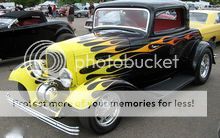 Hot Rods são carros geralmente das décadas de 1920, 1930 e 1940 modificados. As modificações geralmente incluem rodas largas atrás, já que os carros eram praticamente todos de tração traseira, pintura com chamas geralmente feitos apartide aerografia e pinstriping, e motores potentes, na maioria das vezes V8. Muito Populares nas décadas de 1940 e 1950, fazem sucesso até hoje entre os entusiastas automotivos.
Hot Rods são carros geralmente das décadas de 1920, 1930 e 1940 modificados. As modificações geralmente incluem rodas largas atrás, já que os carros eram praticamente todos de tração traseira, pintura com chamas geralmente feitos apartide aerografia e pinstriping, e motores potentes, na maioria das vezes V8. Muito Populares nas décadas de 1940 e 1950, fazem sucesso até hoje entre os entusiastas automotivos.O termo teria surgido por volta do final da década de 1930 no sul da Califórnia, onde algumas pessoas costumavam correr com carros modificados em leitos de lagos secos em Los Angeles, sob as regras da Southern California Timing Association. A prática tornou-se ainda mais popular depois da Segunda Guerra Mundial, com o retorno de soldados, que recebiam treinamento técnico durante o serviço militar. - Wikipedia
Soon...




